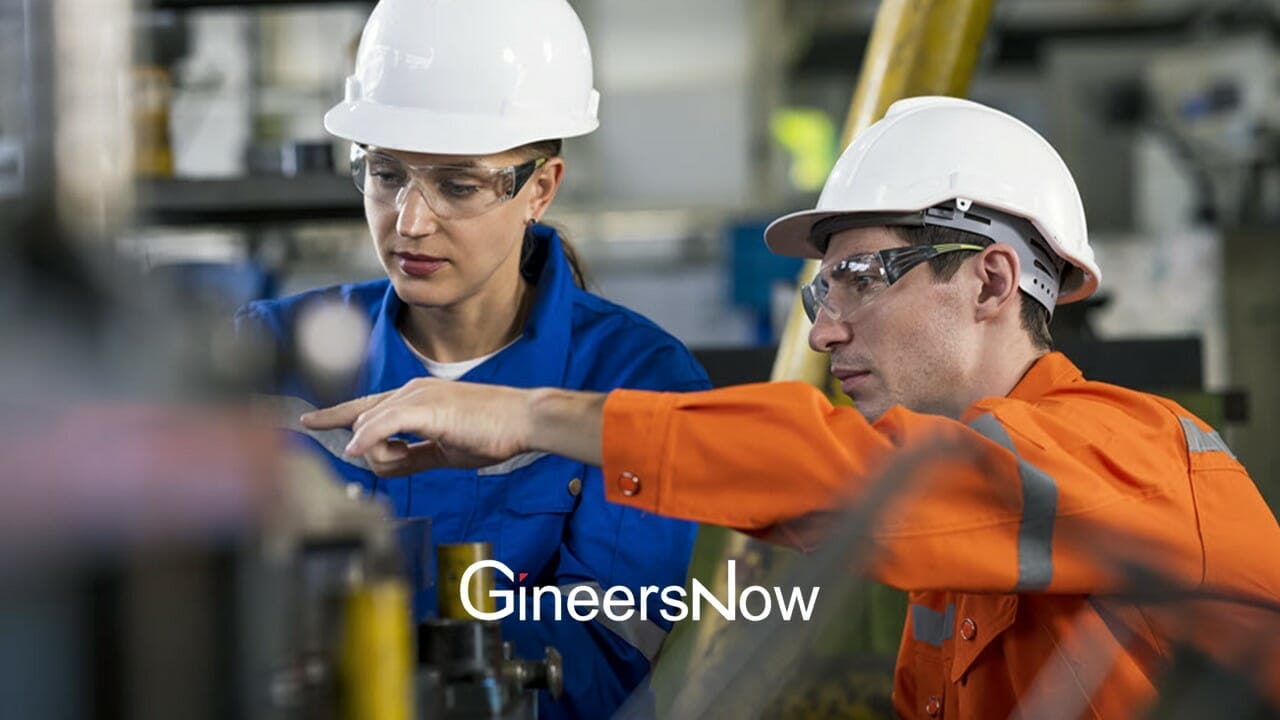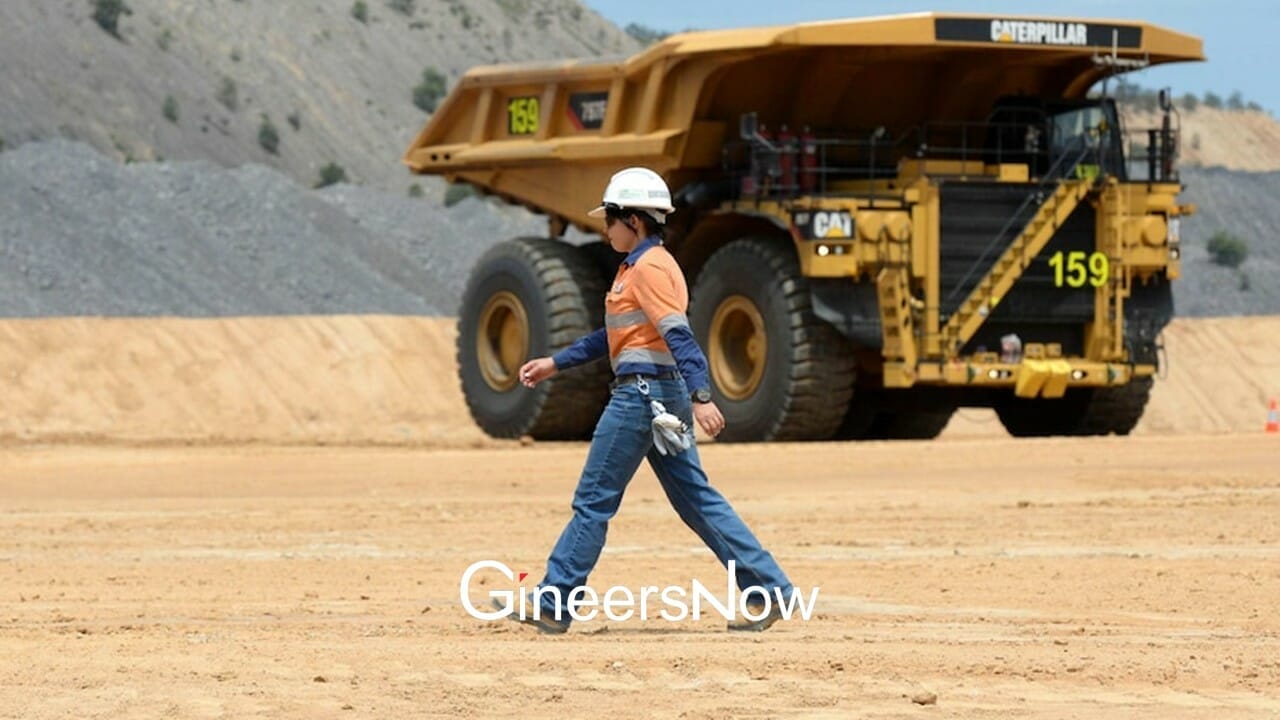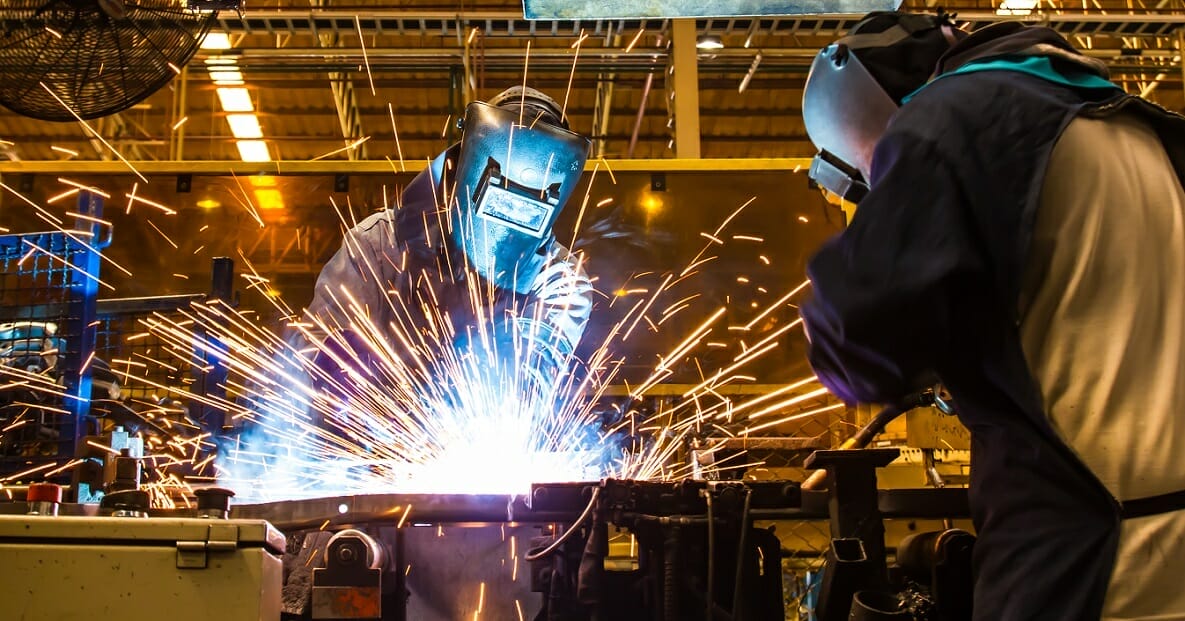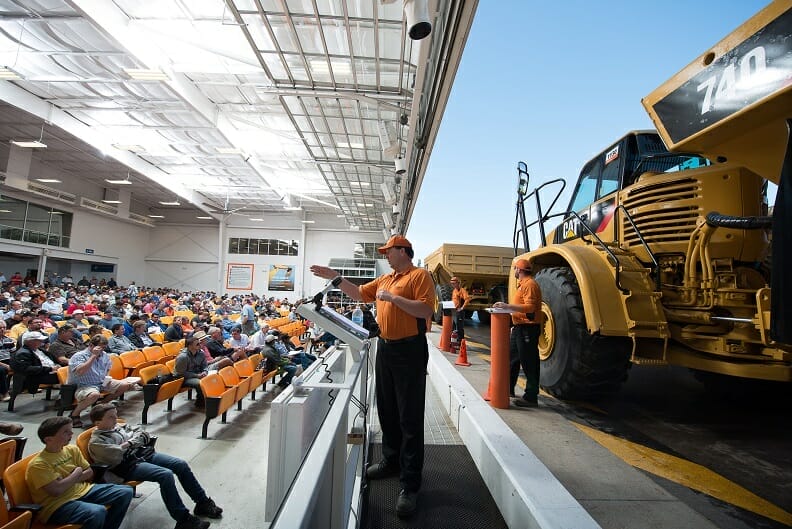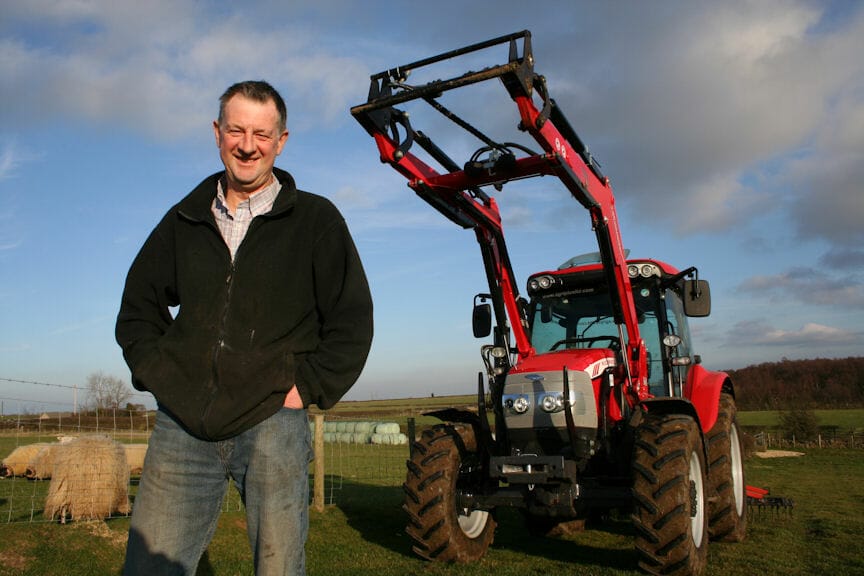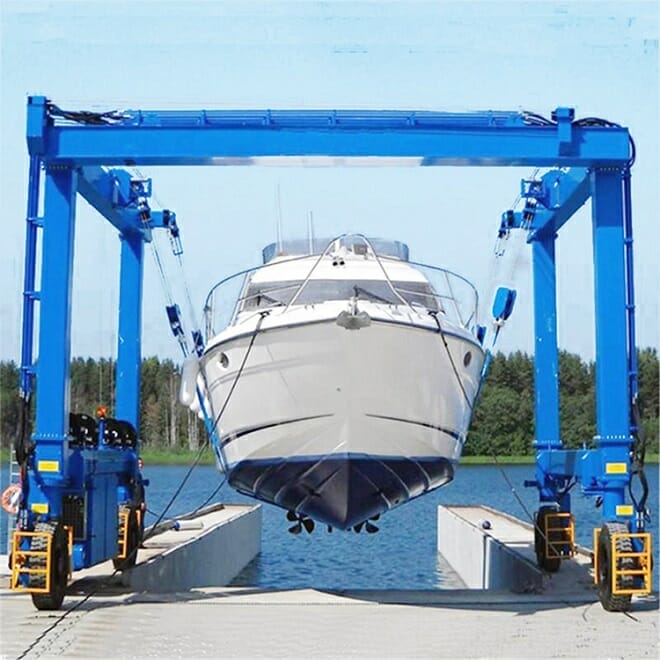Modern agriculture intricately balances efficiency, yield, and sustainability. Today’s farmers constantly search for innovative tools and techniques to enhance their operations.
Seed cutters, also known as seed dividers or seed portioners, are gaining popularity in this quest. These tools guarantee exact seed placement, which brings numerous advantages that can increase harvests and aid in sustainable farming methods.
Continue reading to learn how seed cutters can revolutionize your planting process and take your crops to the next level.
Types of Seed Cutters
Seed cutters come in various configurations, each designed to handle specific seed types and planting requirements.
Here are the common types of seed cutters:
Plate seed cutters
These use a rotating plate with precisely spaced holes. Seeds are placed on the plate, and as it spins, they drop through the holes into planting trays or directly into the soil. Plate seed cutters are perfect for tiny, round seeds like lettuce or tomatoes, ensuring even distribution and efficient planting.
Cup seed cutters
Featuring a series of revolving cups, these cutters pick up seeds and release them at set intervals. Cup seed cutters handle larger, irregularly shaped seeds such as beans or corn, ensuring proper spacing and reducing seed waste.
Vacuum seed cutters
These cutters use a vacuum mechanism to precisely singulate seeds using suction. Vacuum seed cutters are ideal for delicate seeds that could be damaged by mechanical handling, offering a gentle yet efficient way to plant fragile seeds. Additionally, vacuum technology is applied to potato seed cutters, providing a smooth and damage-free planting process for potato seeds.
Seed cutters enhance planting efficiency and precision, making them an essential tool for modern agriculture. Farmers can ensure optimal seed placement and improved crop yields by choosing the right type.

Benefits of Using Seed Cutters
Incorporating seed cutters into your agricultural practices offers many advantages, streamlining operations and enhancing crop yields.
Here’s a closer look at the benefits of using seed cutters:
Precision seeding
Seed cutters ensure seeds are spaced consistently, eliminating the risk of overseeding or underseeding that can occur with manual methods. Overseeding wastes seeds and resources, while underseeding leads to sparse crops with lower yields. Precise seed placement by seed cutters optimizes plant populations, fostering ideal growing conditions for each plant and ultimately leading to improved crop growth and yield.
Reduced seed waste
By precisely controlling seed placement, seed cutters significantly minimize seed waste. This translates to cost savings for farmers and promotes sustainable practices by reducing the overall amount of seeds required per planting cycle. With less seed waste, there’s a lower environmental impact associated with seed production, transportation, and leftover seeds.
Labor savings
seed cutters significantly expedite the seeding process compared to manual methods. This translates to increased efficiency, allowing farmers to manage larger areas with ease. Seed cutters can cover more ground in less time, freeing up valuable labor for other tasks on the farm.
Improved seedling establishment
Consistent spacing achieved with seed cutters promotes better air circulation and sunlight penetration between plants. This fosters healthy seedling development by reducing resource competition and minimizing the risk of diseases that thrive in damp, crowded conditions. With proper spacing, each seedling receives the air and light it needs to grow strong and healthy.
Versatility
Seed cutters come in various configurations, allowing farmers to choose the right tool for the specific seed type and planting requirements. There are cutters designed for small, round seeds like lettuce, larger, irregularly shaped seeds like beans, and even delicate seeds that require gentle handling. This versatility ensures optimal planting conditions for a wide range of crops.
Seed cutters offer a compelling value proposition for farmers seeking to improve efficiency, reduce waste, and maximize yields. By incorporating these innovative tools into their agricultural practices, farmers can experience many benefits that contribute to a successful and sustainable operation.
Selecting the Right Seed Cutter
Choosing the ideal seed cutter requires careful consideration of several factors to ensure optimal performance and seed handling. Here are the key elements to consider when selecting a seed cutter:
Seed type
The size, shape, and fragility of your seeds are paramount. Delicate seeds like lettuce or herbs benefit from gentle handling mechanisms like a vacuum feeder found on vacuum seed cutters. Conversely, larger, sturdier seeds like beans or corn can be efficiently handled by plate or cup seed cutters.
Planting method
Consider your planting strategy. Are you transplanting seedlings or directly seeding into the field? Transplanting often requires larger cell sizes for seedlings, so a seed cutter that can handle a larger seed quantity might be necessary.
Desired seeding rate
The number of seeds you want per planting station plays a role. Seed cutters often offer adjustable settings for varying seeding rates. If consistent, uniform distribution with a specific number of seeds is crucial, look for models with precise adjustment options.
Budget
Seed cutters range in price depending on complexity and functionality. A high-tech, fully automated seed cutter might offer unmatched precision and speed but may not be necessary for small farms or hobbyists. Evaluate your needs and budget to find the most cost-effective option that meets your requirements.
Selecting the right seed cutter hinges on understanding your specific seeds and planting goals. By carefully considering these factors, you can choose a seed cutter that optimizes your planting process and helps you achieve successful crop production.
Using and Maintaining Seed Cutters
Proper care of your seed cutter is essential to ensure optimal performance and longevity.
Here are some steps to follow:
Consult the manufacturer’s instructions
Seed cutter models can vary in operation. Always take the time to read the manual that comes with your specific equipment. Familiarizing yourself with the instructions beforehand will help avoid misuse and ensure safe and effective operation.
Calibration
Before planting, calibrate your seed cutter to dispense the desired seeding rate. This ensures you plant the correct number of seeds per station, maximizing yield and minimizing waste. Calibration instructions can typically be found in the manufacturer’s manual.
Regular cleaning
Seed cutters are mechanical devices that can accumulate debris and seeds over time. To prevent blockages and maintain smooth operation, they should be regularly cleaned after each use. This may involve using brushes or compressed air to remove any lodged seeds or particles.
Proper storage
When not in use, store your seed cutter in a clean, dry location. This will help prevent rust or other damage that could occur from moisture or extreme temperatures. A clean and dry environment will also help minimize the likelihood of attracting pests.
By following these simple steps, you can ensure your seed cutter remains in top condition, ready to deliver reliable performance season after season.
Seed Cutters and Seed Quality
Seed quality is paramount to a successful harvest. Seed cutters significantly optimize seed quality by promoting ideal germination and seedling development conditions.
Below are the ways seed cutters interact with and enhance seed quality:
Improved seed health
Precise seed spacing achieved with seed cutters allows for better air circulation around seedlings. This reduces humidity and dampness, creating an environment less favorable for fungal diseases that thrive in crowded conditions. Stronger seedlings lead to healthier, more productive plants.
Uniform seed germination
Seed cutters ensure consistent planting depth. This means seeds experience similar germination conditions in terms of moisture and temperature. This consistency translates to more uniform seedling emergence and crop maturity, allowing for efficient harvesting and processing.
Reduced damage to delicate seeds
Seed cutters with gentle handling mechanisms, like vacuum feeders, are particularly beneficial for fragile seeds. These mechanisms minimize mechanical damage during the planting process, maximizing germination rates and promoting stronger seedling development.
Seed cutters contribute to improved seed quality by fostering a healthy environment for germination and minimizing damage to delicate seeds. This translates to a more robust crop and, ultimately, a successful harvest.
The Environmental Impact of Seed Cutters
Seed cutters contribute to sustainable agricultural practices in several ways that benefit the environment:
Reduced seed waste
By ensuring precise seed placement, seed cutters minimize seeds wasted due to overseeding or uneven distribution. This translates to a lower overall seed requirement, reducing the environmental footprint associated with seed production, processing, and transportation. Less seed production means less land and resources dedicated to growing seed crops and fewer transportation miles required to deliver seeds to farms.
Optimized water usage
Precise seeding with proper spacing allows for more efficient water use. Each plant receives the water for growth without excess runoff or waste. This is particularly important in regions facing water scarcity or where water conservation is a priority.
Improved soil health
Seed cutters promote healthy soil conditions by ensuring proper seed depth and spacing. This allows for better root development and plant nutrient uptake. Healthy root systems help retain moisture in the soil, reducing erosion and promoting a more balanced soil ecosystem.
Seed cutters contribute to environmentally conscious agriculture by minimizing resource waste, optimizing water use, and promoting healthy soil conditions. These factors contribute to a more sustainable food production system.
Conclusion
Modern agriculture thrives on innovation, and seed cutters exemplify this perfectly. These tools revolutionize planting by ensuring precise seed placement, providing many benefits. From increased yields and reduced waste to improved seed health and a lighter environmental footprint, seed cutters empower farmers to achieve success while promoting sustainable practices. Whether you’re a seasoned professional or just starting your agricultural journey, incorporating seed cutters into your operation can be a game-changer, helping you cultivate a more bountiful and environmentally responsible harvest.






